Day 2-Turning UX Passion into Real Product Influence

-
Next stop you think application, with lives changed and customers happy
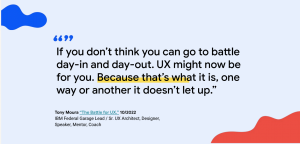
-
One way or another UX doesn’t let up
-
Fighting was not on the list of UX skills and I learned in my UX career that fighting was not what I wanted to get up to do in the morning
-
I wanted to help build HCD progress for people’s livves
-
Every place I work at, I try to achieve this parity with peers to get HCD into products
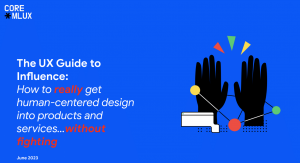
— Over next few minutes will give tips on UX guide to influence and getting HCD into products with minimal fighting
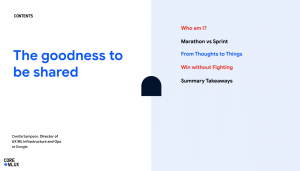
-
Tactics to advance UXD in org
-
Winning without fighting
-
And Key Takeaways

-
Responsible AI and interest in design equity and inclusive design and operationalizing AI
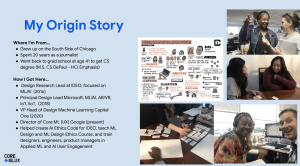
-
I’ve seen been a principal at Microsoft with AR/VR, and worked at CapitalOne
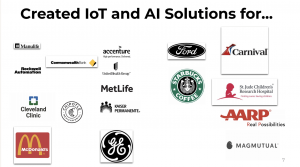
-
They are my bonafides
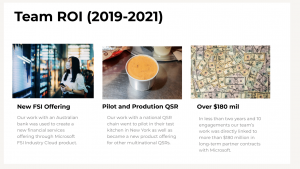
-
It can be done
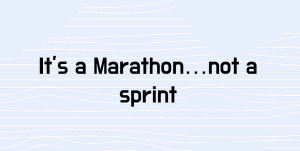
-
It’s a marathon not a sprint, but the phrase puts you into right paradign
-
If anyone like me had those goals as well, as most orgs had low design maturity (either < 5 years old, or did not integrated into product development process)
-
Magical answer to create something that didn’t exist or not discovered
-
A very hard job to do
-
-
Moreover our work as UXers isn’t always respected
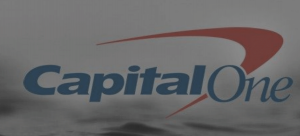
-
First chance to lead enterprise ML team, and I had audacious ideas
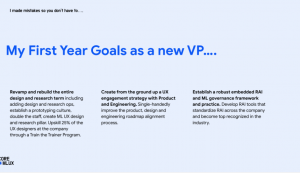
-
I get exhausted just talking about them
-
Wanted to single-handedly improve everything and establish responsible AI

-
I crashed and burned and didn’t accomplish half of what I wanted to and felt under so much internal pressure
-
I felt I had so many things to do that I left without accomplishing anything
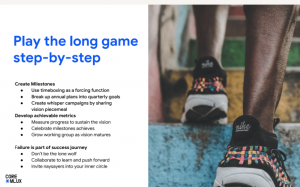
-
Play long-game step by step and brand visions, and want to change paradigms and be change agent for organization
-
Quarterly milestones will help you go a long way to preserve your own sanity and bring stakeholders to participate in vision
-
Time-boxed milestones in next six months
-
Focusing on viability as opposed to desirability
-
Accelerated alignment exercises and that helped
-
Created artifacts to explain that vision
-
Need to deconstruct what’s your in brain so people can learn it and not feel frustrated by your explanation
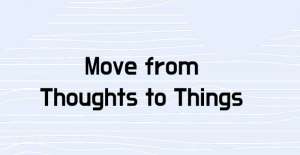
-
Came from IDEO where I was frustrated that my insights were not being articulated
-
Faster you can create an artifact, the faster people talk about that thing rather than debating each other’s opinion
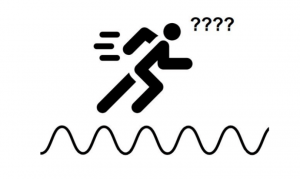
-
Trying to reconcile idea of light as particle
-
Picture image of man trying to outrun light
-
Used thought experiments to nail down what he was communicating to others
-
Moving from thoughts to things is better to create an idea that isn’t quite catching on
-
-
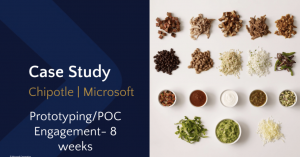
-
What our team did after salespeople talked about technology is that we asked group what was the real problem that kept them up
-
Simple but complex problem

— We started a workshop to figure out what they wanted AI for or not
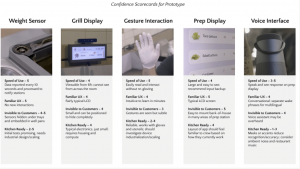
— This translated to concepts or animations and users to figure out how to solve th problem
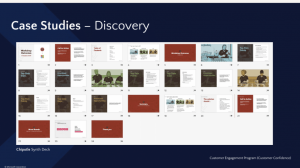
— We could accelerate building of what to do to solve the problem
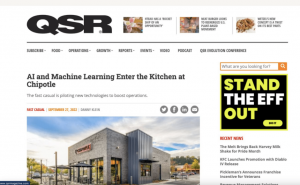
-
We moved form thoughts to things to solve the problem
-
Practice helped team align as to whether problem was being solved or not
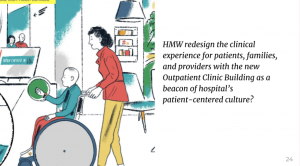
-
Children who come to Saint Jude stayed there for up to months and years
-
Even so appointment scheduled had to be done in advance
-
But the CMO was still resistant
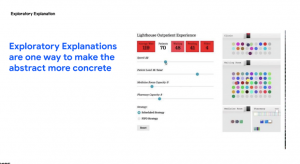
-
Demo showed weight grooves people got backed up in
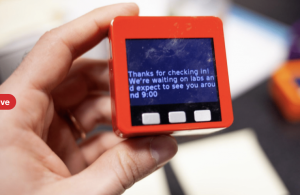
-
Show UX influence
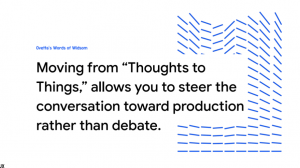
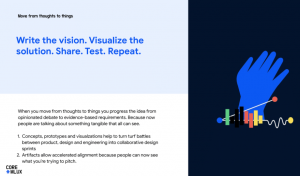
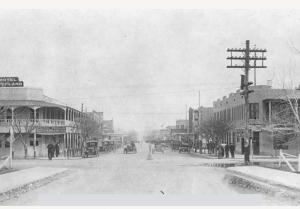

-
And I’m fascinated by people who started Las Vegas
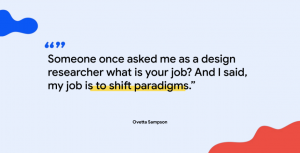
— One of things I say as researcher is to shift paradigms and get people to see Vegas, when there seems to be only desert
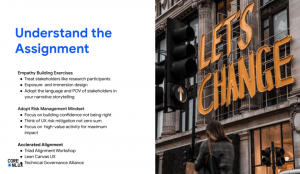
-
Often we come in with chip on shoulder as UX, and take stance to get battled to get listened to
-
Got good advice on treating stakeholders like research participants (no judgment, open listening and better to collaborate with them, and bringing people onto research
-
Building confidence and not being right
-
Goal is to make people less wrong and give them confidence in design’s direction
-
UX influence is risk management for these stakeholders
-
Technical governance alignment is also important to help guide research and design as soon as possible
-
Once part of design sprints, own it from beginning
-
You are collaborator instead of the hand-off point
-
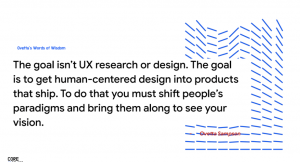
— Goal to get HCD into products that ship, to do this you need to shift people’s paradigms
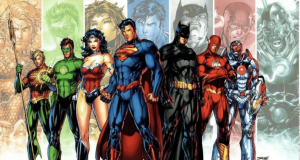
— It’s okay to be Superman, but maybe you want to be part of Justice League, to collaborate together into products that ship
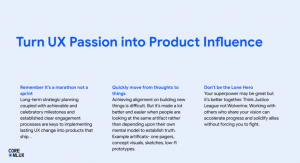
-
Share your vision piecemeal and celebrate milestones
-
Move from thoughts and things to create artifacts and alignment right way
-
Don’t be lone hero, and think Justice League, not Wolverine

-
Talked about creating whisper campaigns. How does storytelling drive influence?
-
Think of different ways to tell a story as people won’t absorb story in just narrative form and visual form
-
Will tell story to many actors from engineers, to peers, and executives—who all have their own mental model to get people on board
-
Clearly tell story with right words and imagery
-
Leadership ramp-up seems like something well designed AI could enrich. Do you agree?
-
One things with generative AI is that you can get it to adopt personalities you don’t understand it
-
This will get you started with adopting stakeholder taxonomy and lexicon
-
-
You are unique positioned to sway stakeholders, due to amazing energy. How do you stay motivated?
-
So long as I’m there, there is a defender for equity and justice with these tools
-
Motivated by goal to ship HCD into people’s hands
-
So I stay motivated by keeping my eyes on the prize.
-
Design ethics statement to amplify beauty and humanity, and fight anything that exploits fragility
-
Create own design ethics statement to explain why you are in this profession

